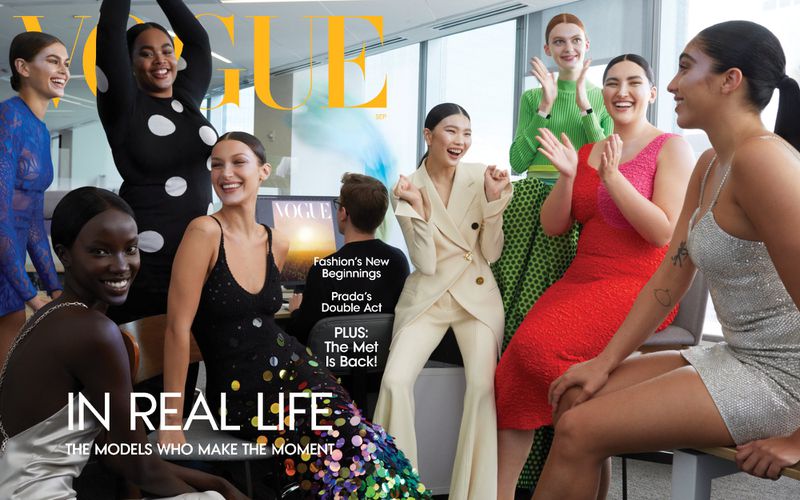When it comes to diversity, fashion notoriously lags behind other industries. But with the fight for racial justice taking center stage last year, things finally started to change in 2020. Thankfully, that change continued this year. At least when it came to 2021 magazine covers. We’ll certainly take it.
We saw a small uptick in racial diversity on 2021 magazine…




